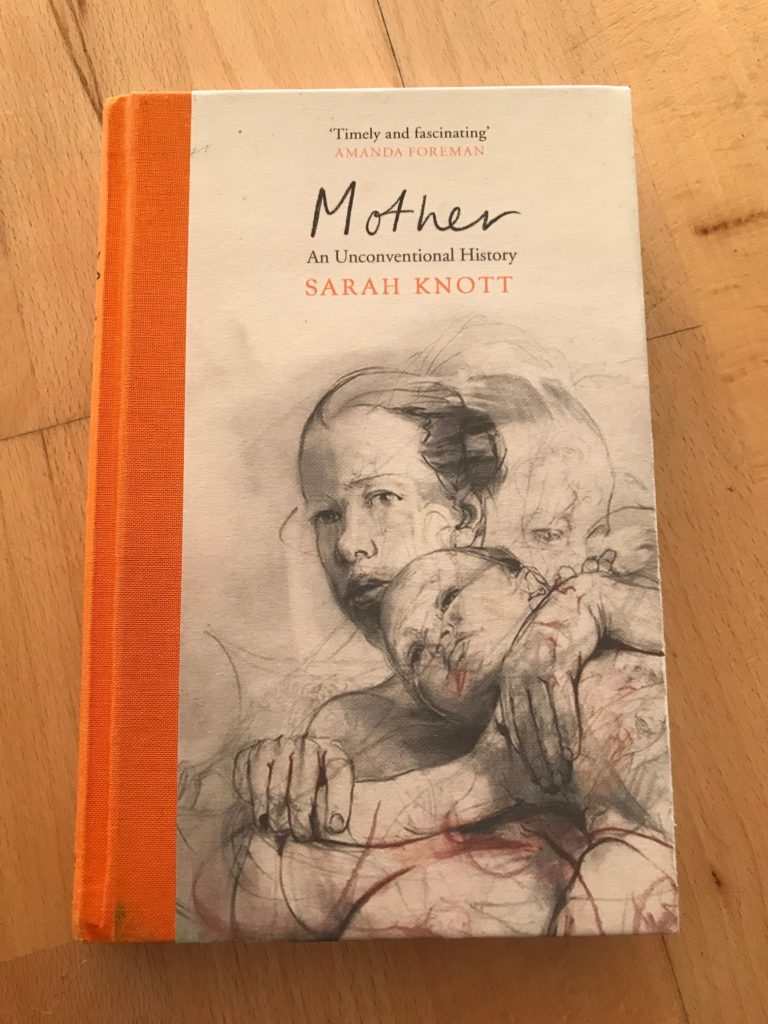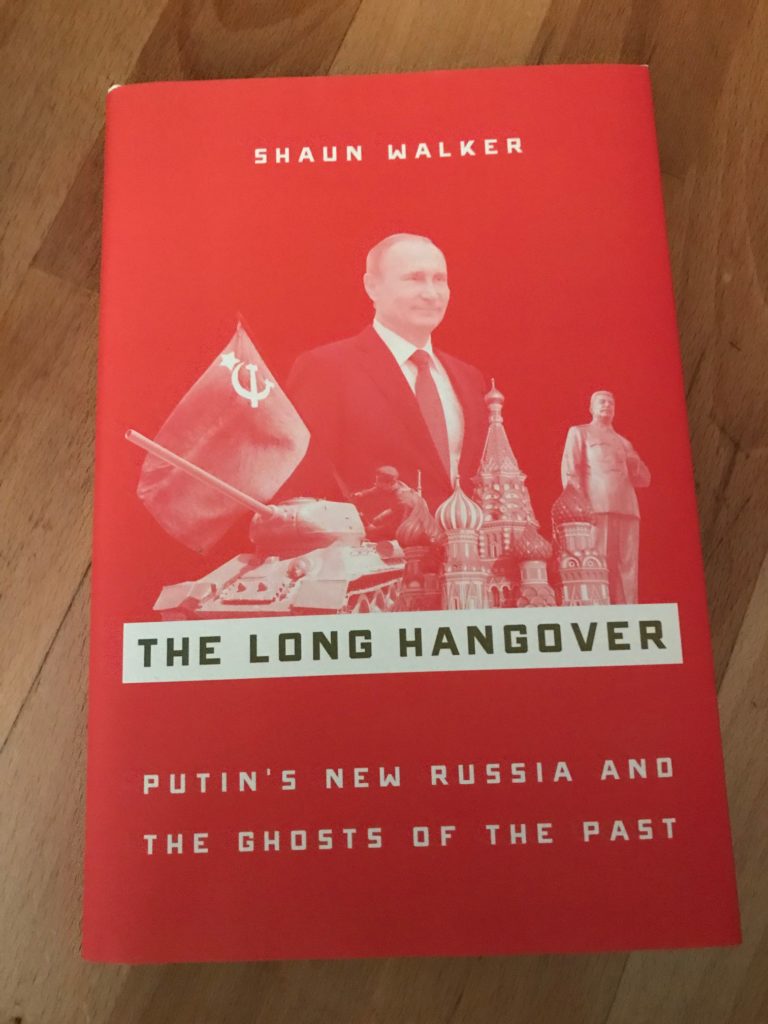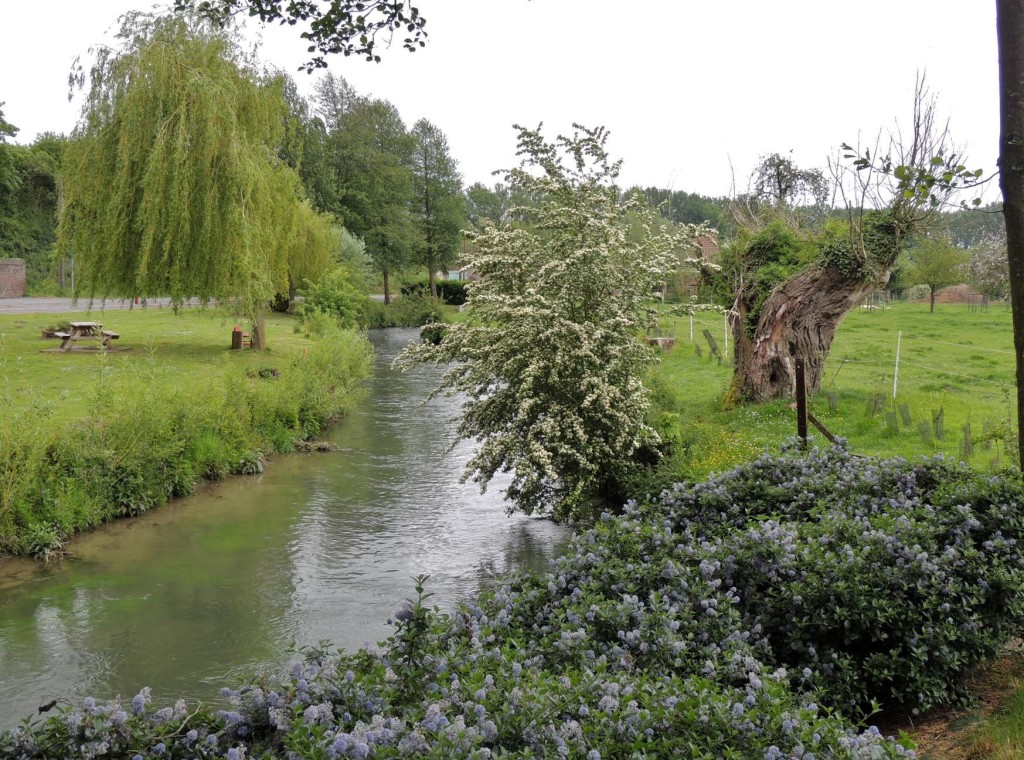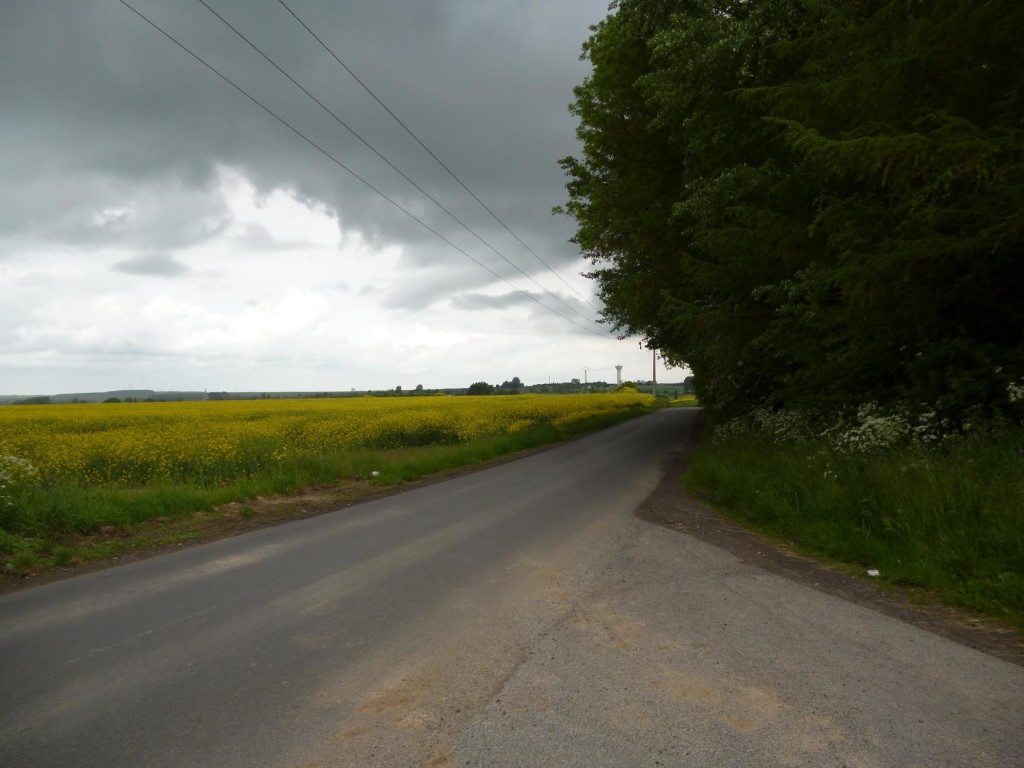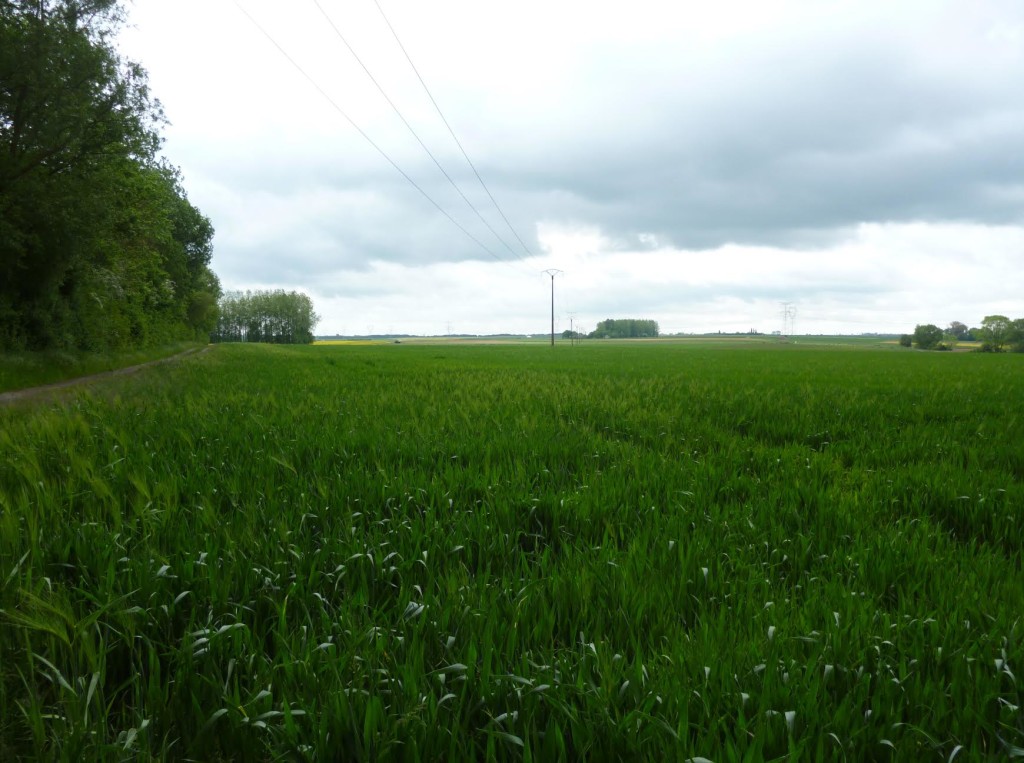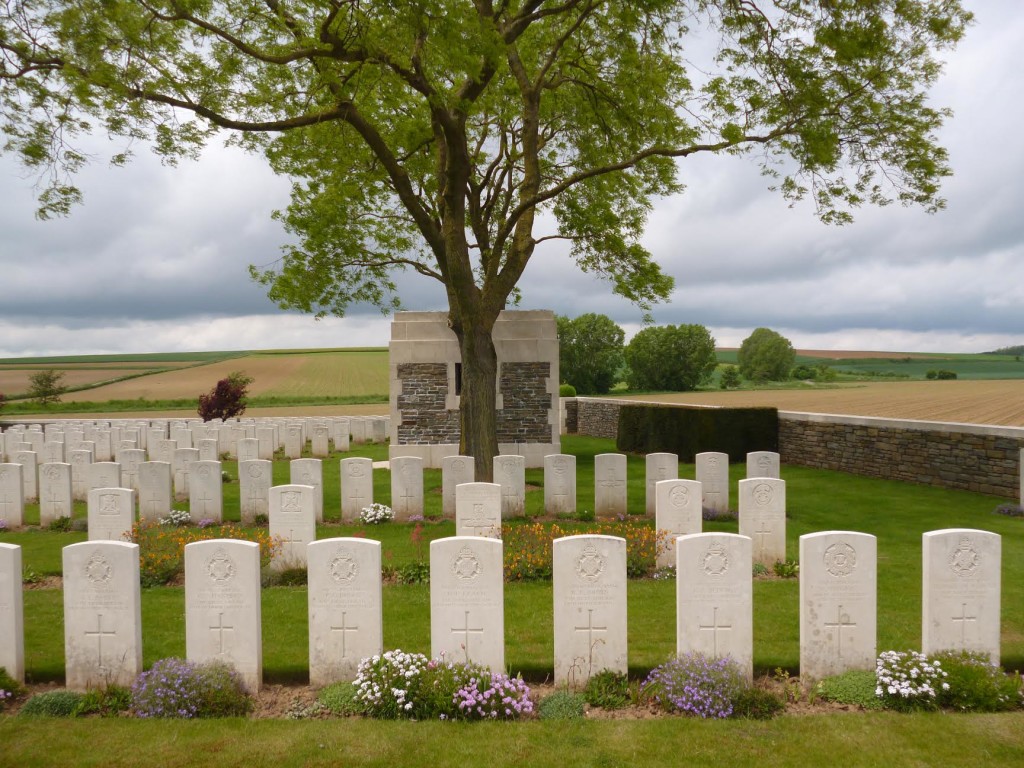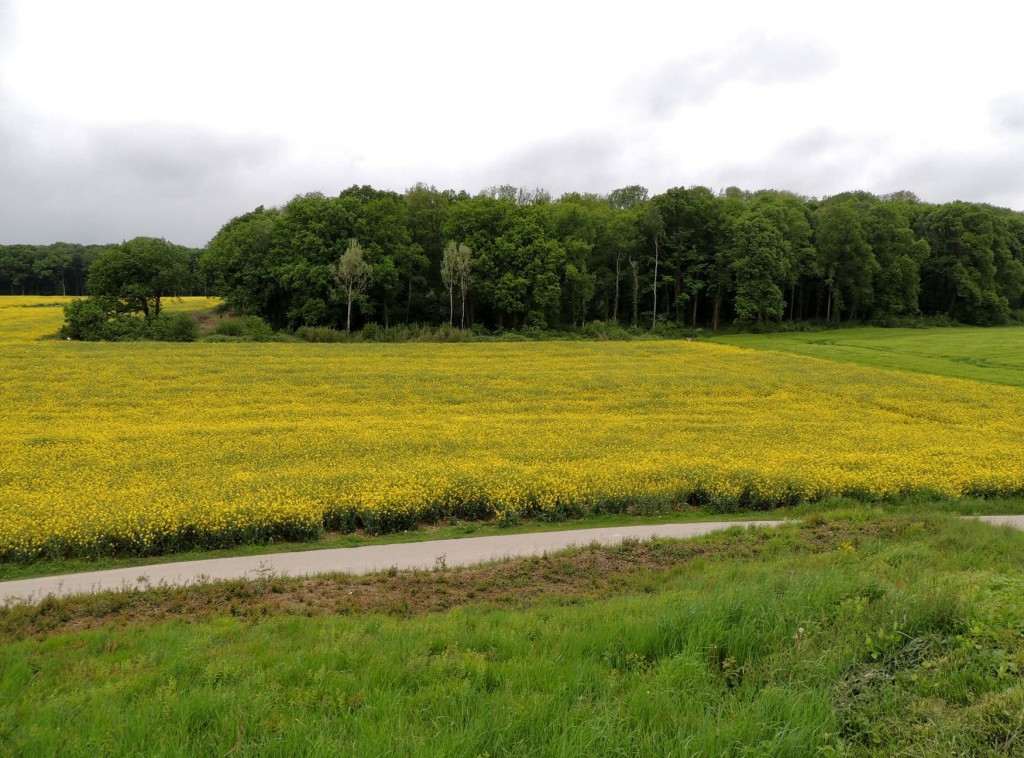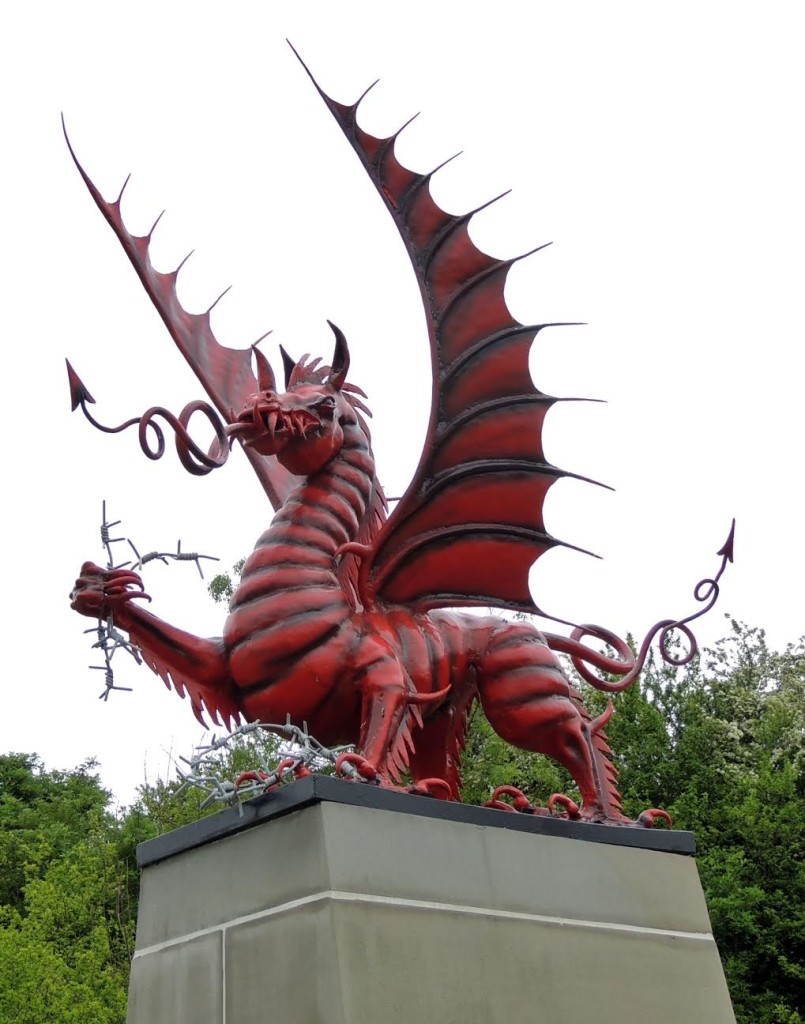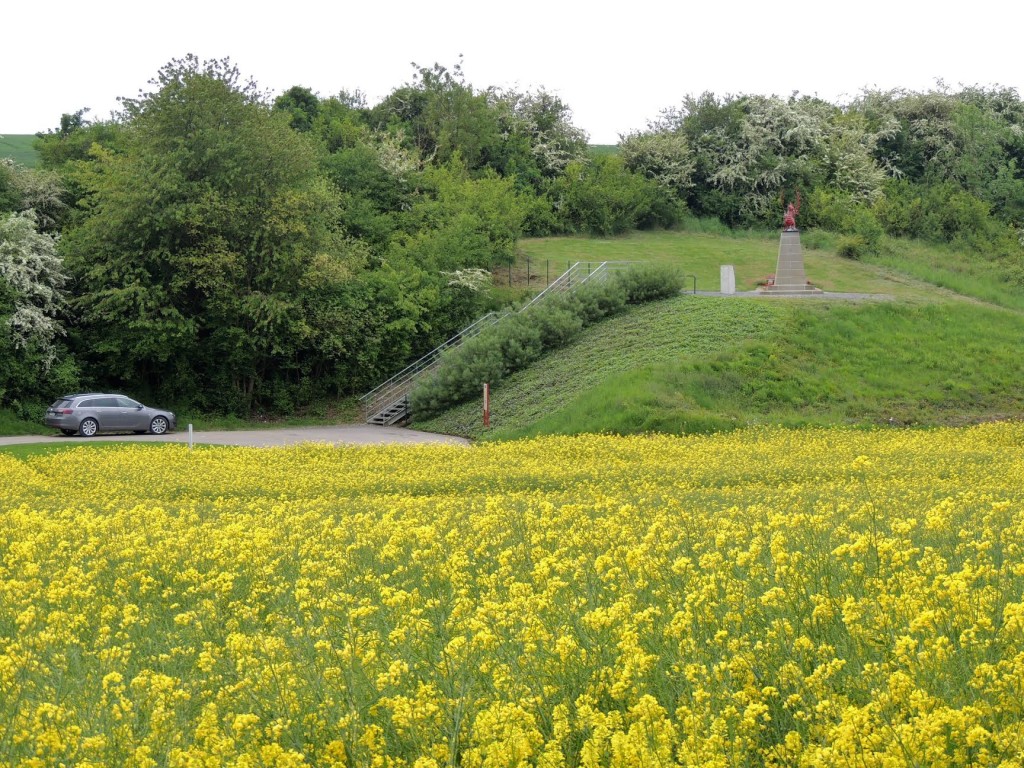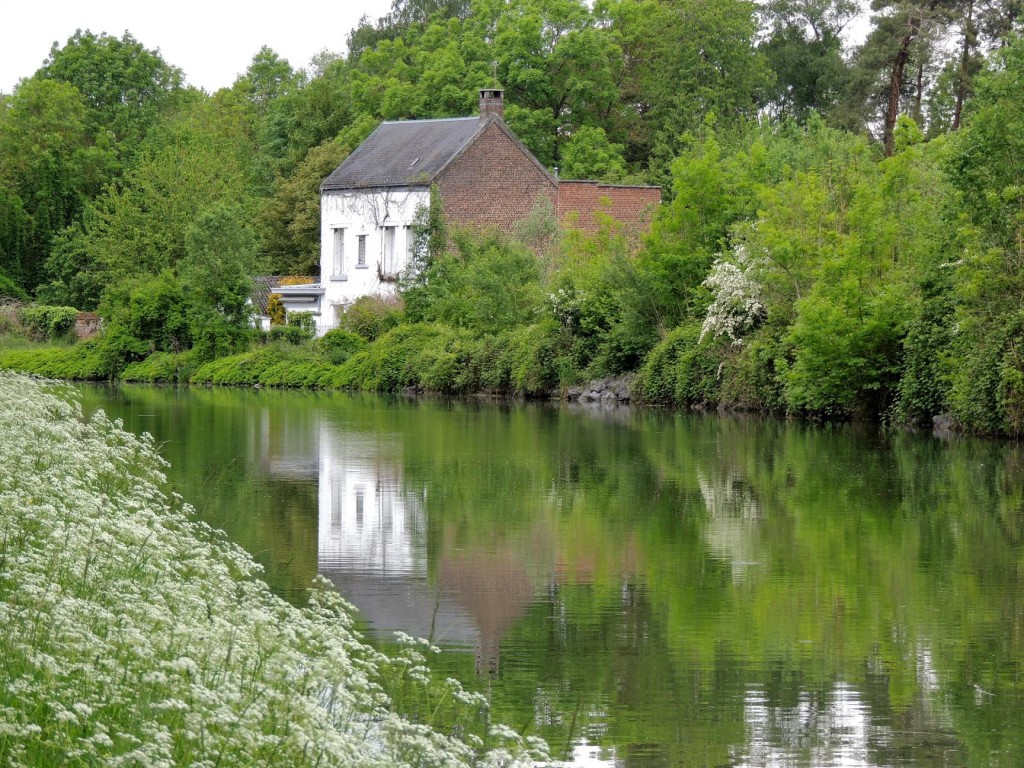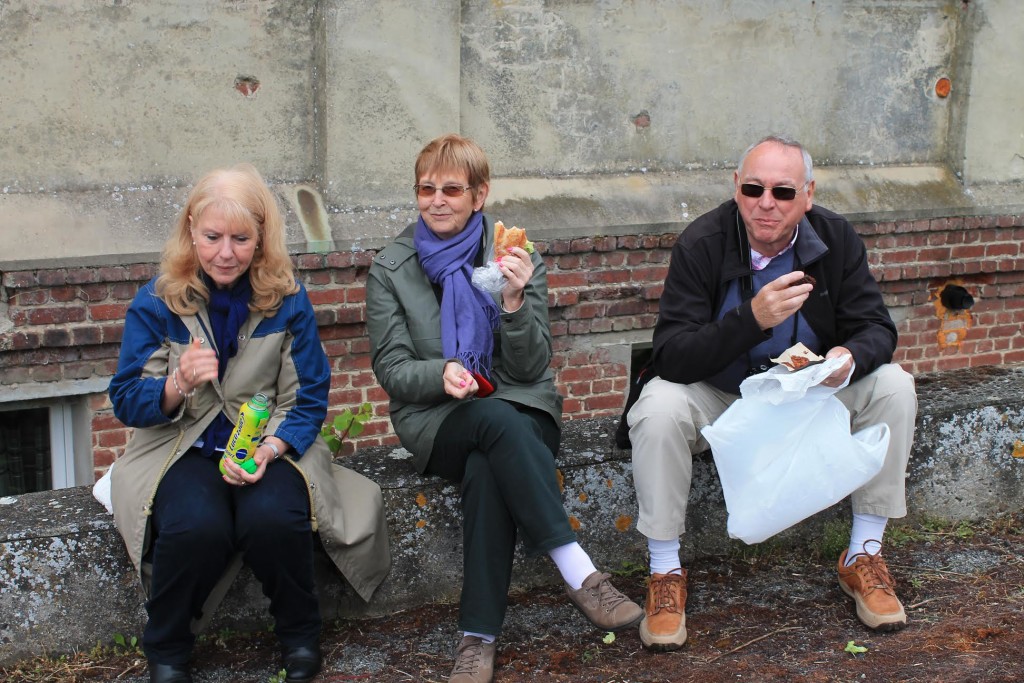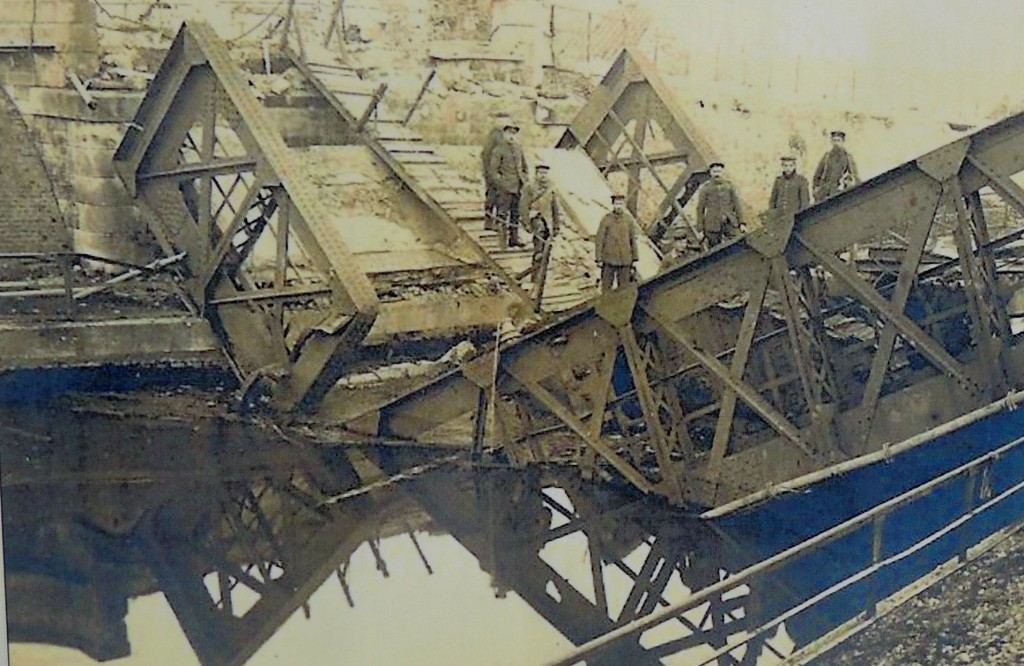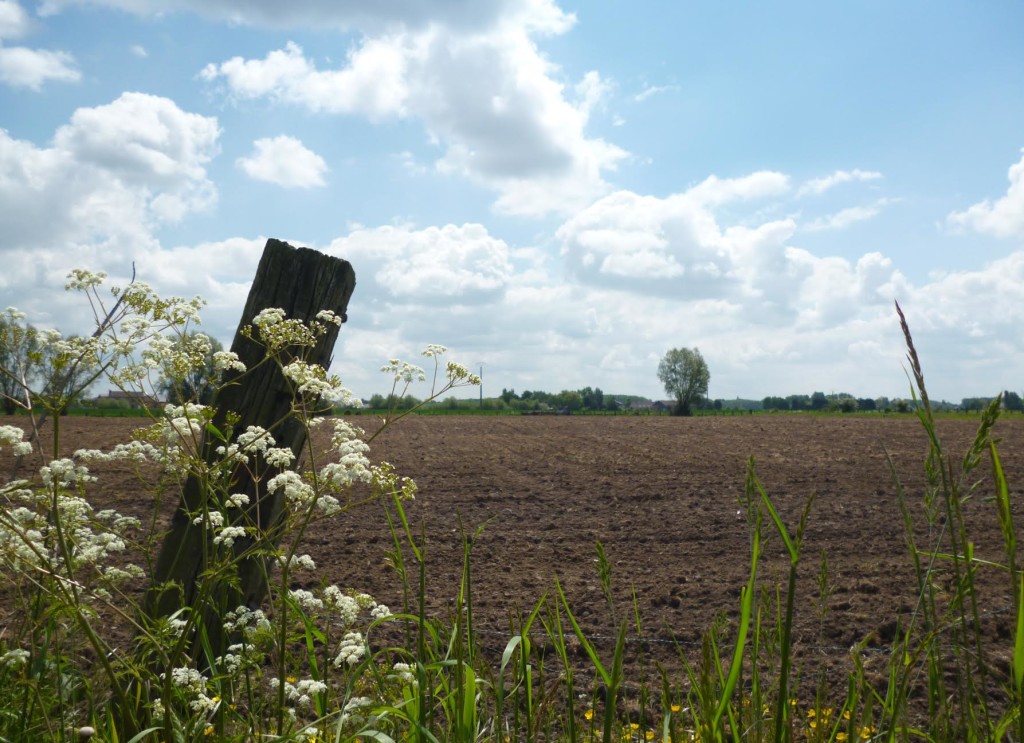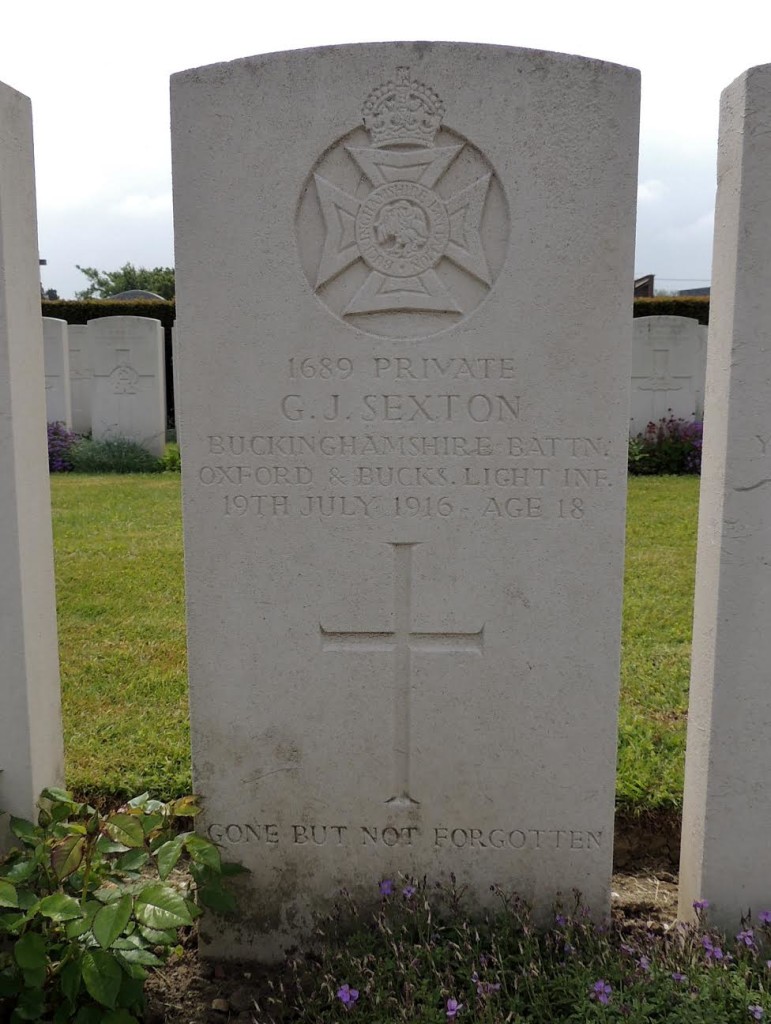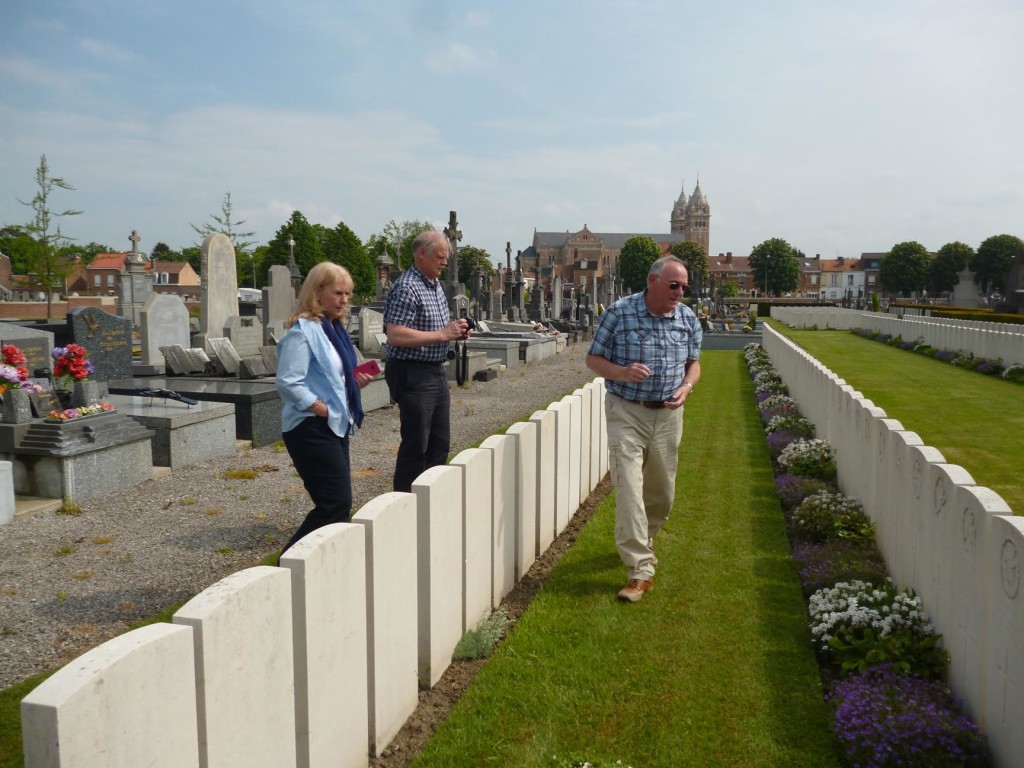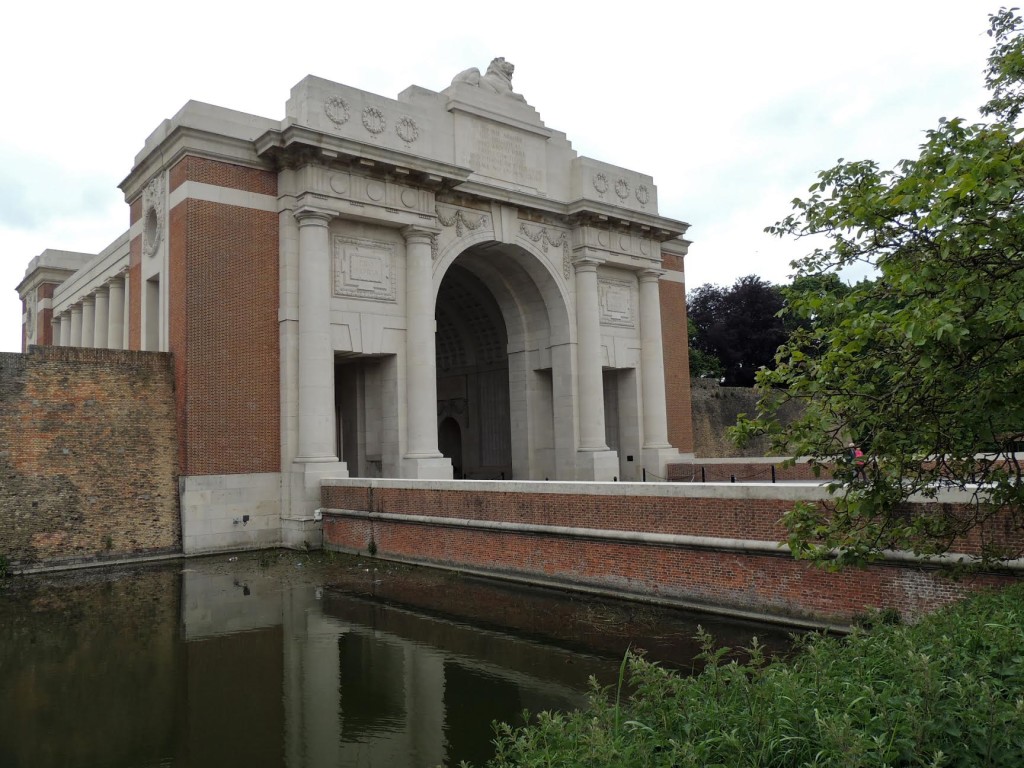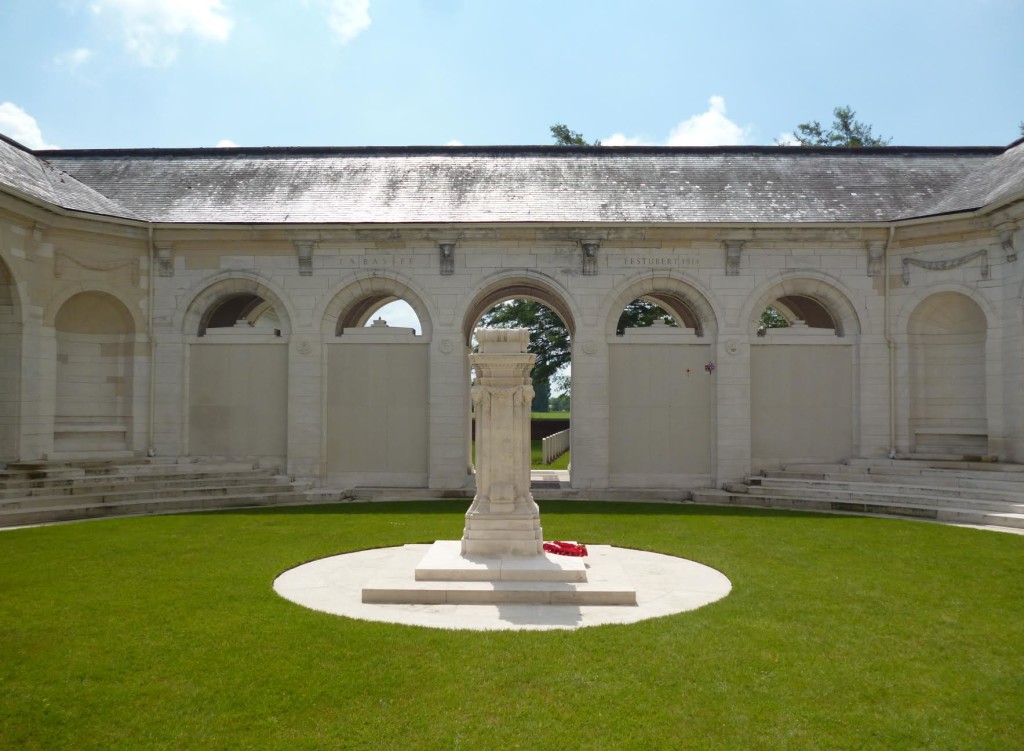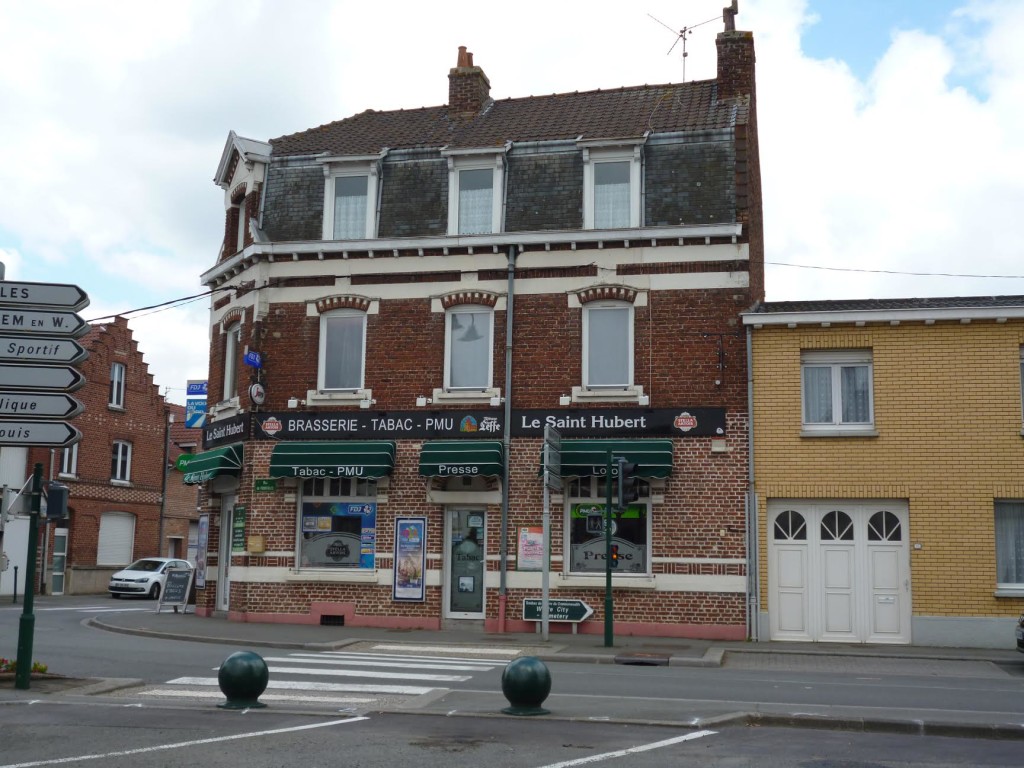Today we begin our Gransthread, a column which will be a regular feature on Frost from now on. So let’s start with what comprises the stupid selfish old biddies as someone recently labeled grannies.
We might have been born during the 2nd World War in which our parents fought, or during austerity – with rationing lasting until the mid 50s. As children we were always hungry as the country determined to get back on its feet and begin recovery after our efforts to defend our essential sovereignty and democracy.
At school we were often taught by spinsters who had lost their men in the first or second world war. At home and at school we were taught to put ‘self’ to the rear and make sure that others were alright.
We lived beneath the cloud of the cold war and Armageddon, and some husbands were there, deep in the sea or up in the sky, defending us all over again.
We screamed at Beatles concerts. The pill arrived, along with the hippy revolution. We wore flowers in our hair, and kaftans, and loved wisely we thought, but probably not. We debated politics, and were always aware of world affairs.
We endured the IRA bombing campaign. We saved for things we needed because credit cards – ‘take the waiting out of wanting’ had not yet arrived. We wives couldn’t access our joint bank accounts into which our salaries went, without a letter from our husbands, even as late as the end of the 60s.
In a referendum in 1975 the UK electorate voted to stay in the EEC under renegotiated terms of entry. We trotted through Heath’s 3 day week,
We set up house. We sewed and knitted, because it was cheaper to make our children’s clothes. Some of us worked, or helped out with the childcare of our friends. We began to understand our parents as people, because we were tackling a changing world as indeed they had and were. We listened to their advice.
We became grandparents, and wondered about social media, its benefits and anonymous bullying. We resumed childcare, this time for our grandchildren, and parent care, for our own parents. We downsized to help with children’s house deposits, we handed over interest free loans.
We kept fit, ran marathons, set up and ran charities. Many of us continue to work, but as well we volunteer: charity shops, drop in centres. We keep helping, even when our 87 year old colleague is punched in the face by an irate shoplifter. We mop up the changing rooms which have, yet again, been used as latrines.
We realize we have become invisible through age, as people in streets expect us to move to accommodate their passage. We are learning to stand our ground.
We used to stand on crowded trains while younger people sat but we increasingly force our way past spread legs to claim a seat.
We continue to follow politics. We respect the opinions of others, and expect that ours will be respected in turn.
And, most importantly, we laugh, and eat cake, or have a glass with our friends even when we our waists tell us we shouldn’t. We have dogs we walk, and make full use of our bus passes while we have them. We live every day to the full.
Grannies of all ages, and some are very young, are people. We are as difficult, as pleasant, and as inspiring as everyone else, plus we have with a distillation of experience which could be termed wisdom.
What’s more, we’ve reached the age where we feel we’ve earned our place in the world, so we’re not moving over just so others can diminish or walk through us.
Flower power? Forget it. Granny power reigns.
* We will be featuring Gransthread lives and thoughts and memories as the months go by. If you have any that you would like to share, Frost Magazine would love to hear from you: frost@margaret-graham.com

